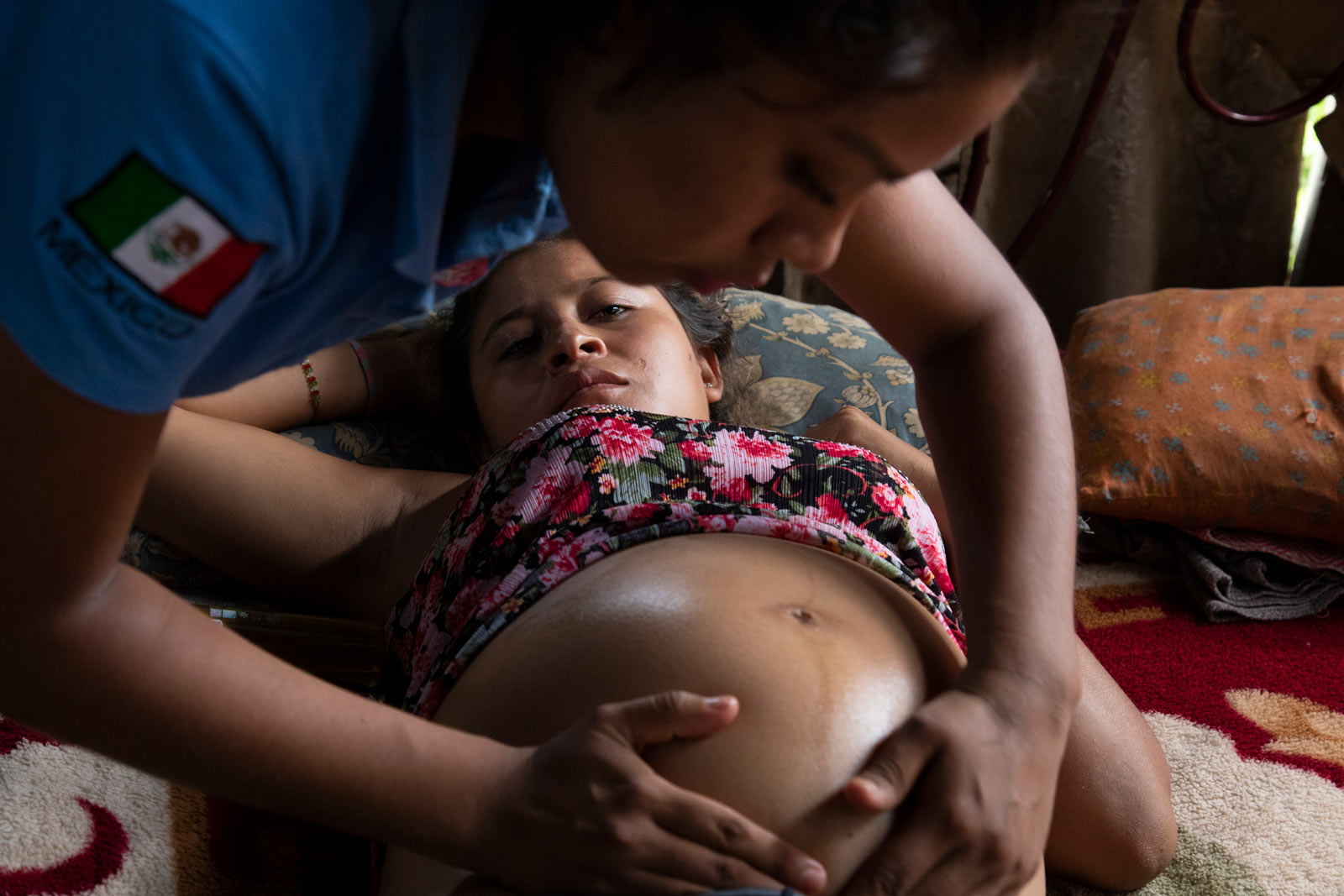Professional midwifery is a growing field in Mexico, helping to improve women’s access to humane reproductive healthcare.
After learning about the work of midwives, Gabriela Cárdenas was curious and began asking questions. She was surprised to learn that two of her own relatives had helped deliver babies in traditional ways in Mexican villages.
Cárdenas was inspired. At 27, she is now a professional midwife, part of an emerging movement to restore a practice that was on its way to disappearing in Mexico as the health system pushed to institutionalize childbirth.
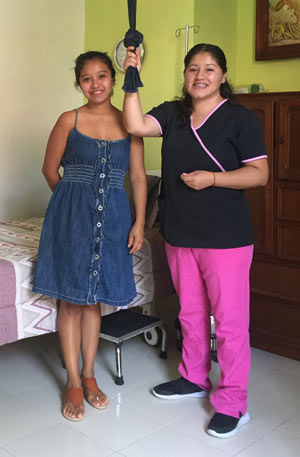
“Many people think that midwifery doesn’t exist anymore,” said Cárdenas, who has attended 600 births since 2012 in her home state of Guanajuato.
In recent years, more than 30 organizations—from small grassroots, indigenous groups to large governmental agencies and nonprofits—have collaborated to bring back midwifery in hopes of improving access to quality care for mothers and babies and fulfilling women’s reproductive rights.
The movement seeks to help midwives become more respected, fairly paid, and recognized as a safe, reliable alternative that many women find more comfortable and dignified than current hospital methods, especially in rural areas.
Through education and advocacy, the number of training programs has increased to more than a dozen, and the number of clinics working with midwives has nearly doubled.
The resurgence has not only increased the number of students and midwives, but also the number of proponents at the state and federal levels through efforts to disseminate information and raise awareness of the benefits among health personnel.
Today, 14 of 32 state health ministries have taken up the banner, and the Federal Health Ministry is considering how the model might improve universal access to health.
Graciela Freyermuth is a medical anthropologist and expert in maternal and child mortality in the southern state of Chiapas. She says the model offers many advantages in low-risk pregnancies that do not need medical intervention.
“It focuses on women and their needs rather than the needs of doctors or the health system,” Freyermuth said. The mothers’ “satisfaction is much higher. They decide how they want to live the experience, and there’s better treatment, kindness and empathy.”
Activists see their movement bringing together the struggles for human and reproductive rights and gender equality, including a woman’s right to choose. Research by the National Institute of Public Health shows that deliveries by midwives also cost half as much as deliveries by doctors.
David Melendez of the Mexico Safe Motherhood Committee said that the resurgence of professional midwifery coincides with more women from middle and upper socioeconomic classes seeking access to such care.
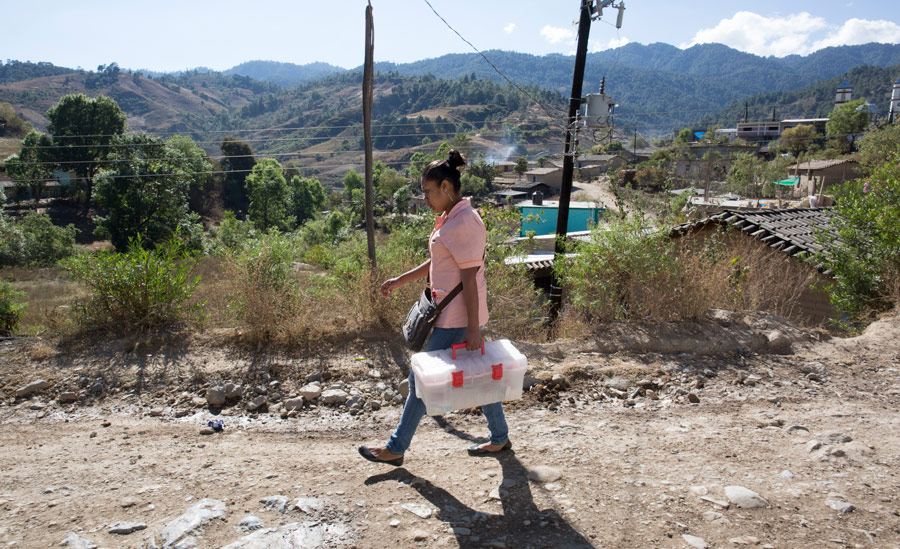
Photo by Janet Jarman
Rafaela Elifsep López Juárez makes her way across town with a box of basic medical supplies to assist a woman giving birth at home.
Midwives still attend less than 2 percent of all births nationally. But in some regions, especially in rural and indigenous areas of southern Mexico, it is not only the preferred way to give birth but often the only option. Frequently there are too few medical facilities; they are too expensive or too far away; or the women mistrust the doctors.
And more work needs to be done to stem a continuing decline in the rate of midwife-attended births as the population expands. In 2008, midwives attended 2.2 percent of births compared to only 1.2 percent in 2018, according to the Mexican Health Institute.
Cárdenas is one of 150 professional midwives trained at the Center for Adolescents of San Miguel de Allende, or CASA, a nonprofit organization in Guanajuato that is committed to reproductive justice. She currently works in the organization's maternity clinic.
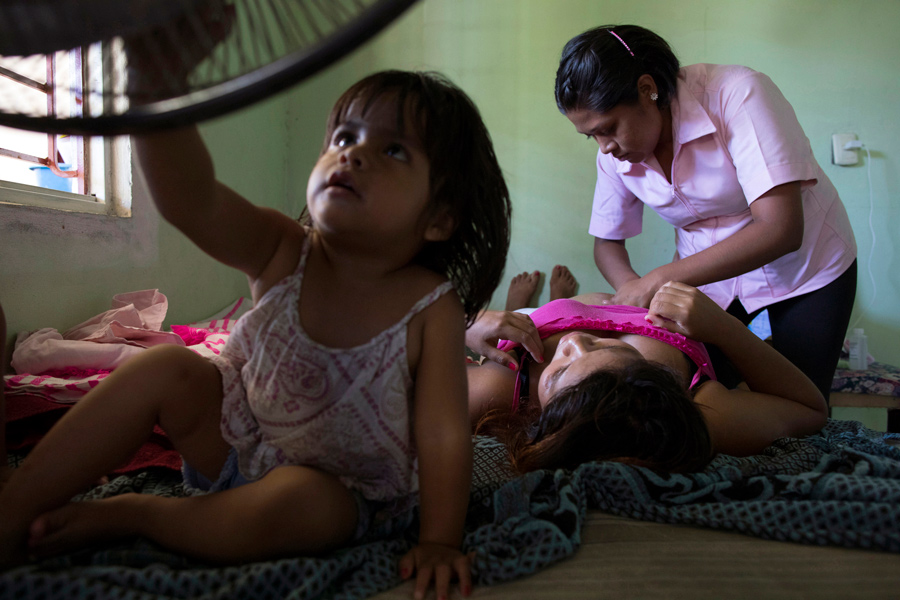
Photo by Janet Jarman
Professional midwife, Rafaela Elifsep López Juárez, conducts a pre-natal checkup in Matías Romero, Oaxaca.
After higher-education midwifery training was discontinued several decades ago, the country’s first modern school was opened in 1996 by activist Nadine Goodman and others. The program features three years of vocational level midwifery training covering gynecology, obstetrics, neonatology, nursing, and traditional midwifery practices.
Other states, encouraged by CASA’s program, have replicated or adapted its model. Among them is Guerrero, where students study at the Tlapa School of Professional Midwifery.
In 2018, some 60 students enrolled in a new university-level program in Tulancingo, Hidalgo. And students in Veracruz, México State, Hidalgo, and Tlaxcala are learning through satellite programs of the Autonomous National University of Mexico.

Photo by Janet Jarman
CASA graduation ceremony in San Miguel de Allende, Guanajuato
Cárdenas said her CASA program included a final year of practice in a hospital, where midwives sometimes face resistance from other health professionals. She said her internship in Querétaro was initially difficult, but other staff eventually embraced her methods.
“It was complicated because of the ignorance of midwifery,” she said. “It was like a war of powers and egos with doctors and nurses. But something interesting happened. When they saw our work, they discovered that we did not compete with them; we collaborated. There was a positive change.”
Among the methods the midwives introduced were allowing mothers to give birth while sitting or standing up, delayed cutting of the umbilical cord, and immediate skin-to-skin contact and breastfeeding. These practices are uncommon in a hospital setting, and women generally cannot decide how they will deliver.
Despite broader acceptance, some doctors remain skeptical that midwives can handle everything involved in deliveries, especially in rural areas. They are concerned about hemorrhages, especially in a woman’s first pregnancy.
“Being under the care of a gynecologist is important because you never know when a birth is going to get complicated,” said Jessica Mendez, a resident doctor in gynecology in Mérida, Yucatán.
Other doctors welcome the practice, especially when it offers care in remote areas where some mothers have little chance of making it to a hospital.
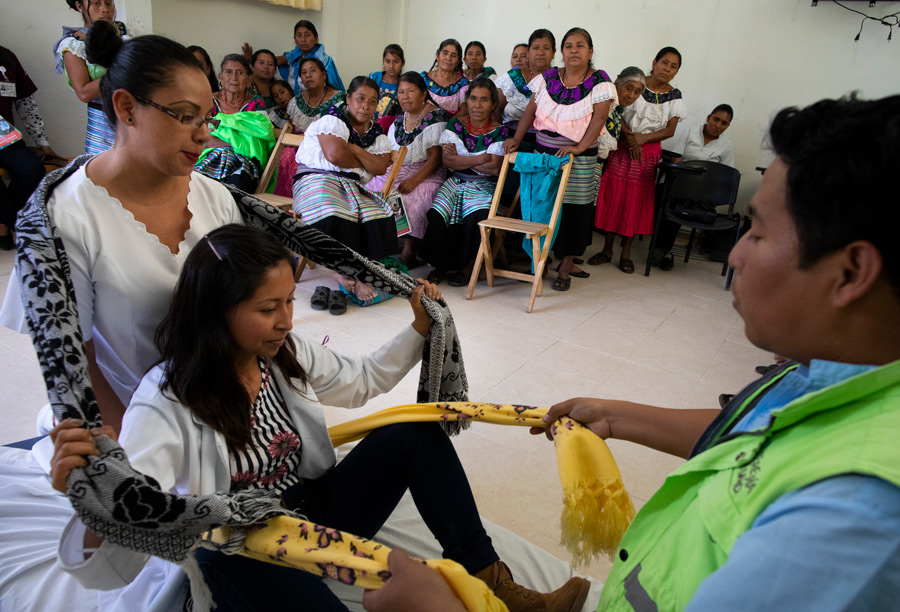
Photo by Janet Jarman
Medical professionals share with a group of traditional midwives their idea of “humanized” birth.
David Calderón, a doctor in Simojovel, Chiapas, says his practice promotes the services of trained midwives, helps train them, and looks to partner with them.
“Midwives are very helpful in a state like Chiapas,” Calderón said. “There are many villages that can only be reached on foot or by horseback.… It’s impossible for all births to be treated in an institution.”
Brenda Lira, a 32-year-old mother from Veracruz, decided to have her daughter Mar at home with two professional midwives because she wanted a more intimate experience.
“I did not want a medicalized and institutionalized birth,” she said. “I was afraid of being mistreated during childbirth, losing freedom, and feeling overexposed in view of all in a hospital.”
That view is shared by Juan Lastra, a 35-year-old father from Chiapas. He and his wife opted for home births with a professional midwife because they wanted to welcome their babies in what they believed would be a more respectful and loving way.
Thanks to the experience, he said he now understands that "humans are much more instinctive than we think.”
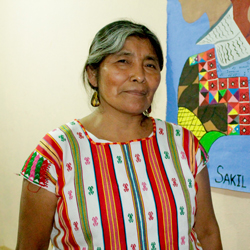
Sebastiana Vázquez agrees. She is an indigenous midwife from Chiapas with 22 years’ experience serving a population for which she needs to converse in three languages—Spanish, Tsotsil, and Tseltal. She leads an organization named Sakil Nichim Antsetik, which means “Women of the White Flowers” in Tsotsil.
To her, midwifery combines wisdom, courage, patience, support, and hope for change through a more sensitive way of bringing babies into the world.
“When a baby is born in a space where they feel safe and loved…,” she said, “this baby is going to grow up better and become a good human being.”
This story was inspired by Janet Jarman’s “Birth Wars,” a documentary film that chronicles a power struggle between doctors and midwives in Mexico.



